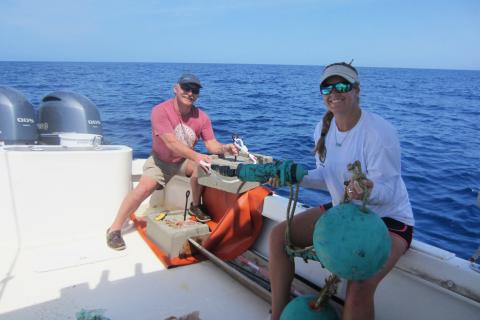The Deepwater Horizon Trustee Council has added new monitoring guidance to its Monitoring and Adaptive Management Manual. This new guidance addresses restoration approaches for:
- Birds
- Marine mammals
- Sea turtles
- Fish and water column invertebrates
- Mesophotic and deep benthic communities
The updated guidance for these resources were released in the complete updated Monitoring and Adaptive Management Manual V 2.0 (PDF, 246 pages), and its updated Manual V 2.0 Appendix E (PDF, 197 pages).
Adaptive management involves fine-tuning restoration as monitoring results become available and scientific understanding improves. The manual provides guidance for monitoring activities used to evaluate outcomes of individual projects and across all Deepwater Horizon restoration activities.
The first iteration of the manual was released in January 2018, to provide guidance for monitoring needed to evaluate restoration outcomes and benefits to injured resources.
In August 2019, the Trustees released an updated manual Appendix E with new monitoring guidelines for restoration projects for oysters and submerged aquatic vegetation, and for projects that protect and conserve habitat.
Updates to the Monitoring and Adaptive Management Manual may occur as we continue to develop methodologies for evaluating broad-based restoration progress and learn more about the best ways to measure restoration progress for different resources and environmental settings.


